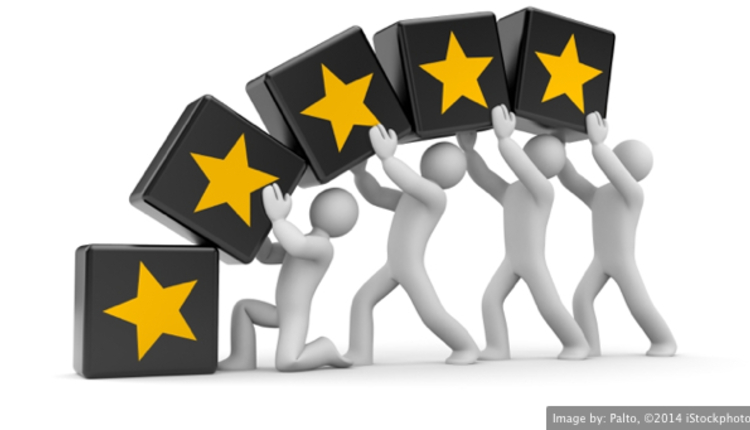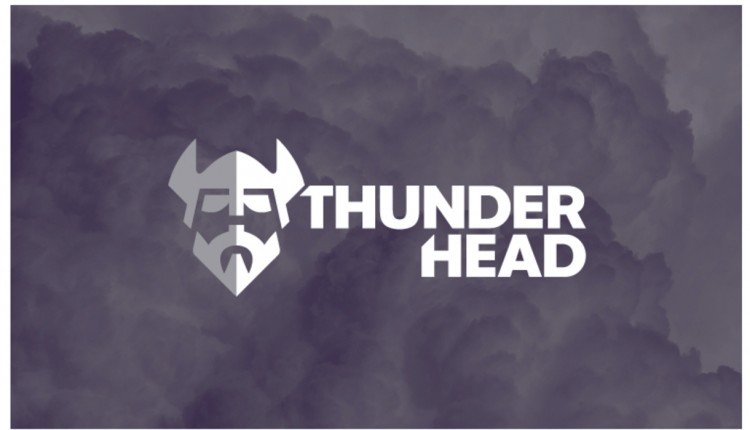
Since the 2008-09 financial crisis, there has been a boon in business and strategy books that use “reputation” in the headline or summary description to try and appeal to a broader audience of decision makers and influencers. In my opinion, that hasn’t exactly helped the management science around corporate reputation evolve, as the increase in keyword searches on Google hasn’t translated into practical, inspirational or even educational content in most cases.
There are a few notable exceptions to that rule–authors who are able to connect the dots between a theoretical framework and real-world application to demonstrate how managing corporate reputation has visible and perceptual benefits. Many knowledge management professionals who are still fighting the long-held perception that they are back-office creatures of habit would benefit from investing the time in Corporate Diplomacy and The Decision to Trust.
Corporate Diplomacy
As falling communication costs shrink the distance between external stakeholders, Wharton Professor Witold Henisz argues that shareholder value is increasingly created and protected through a strategic integration of the external stakeholder-facing functions. These include government affairs, stakeholder relations, sustainability, enterprise risk management, community relations and corporate communications. Through such integration, the place where business, politics and society intersect need not be a source of nasty surprises or unexpected expenses.
Henisz’s 2014 book Corporate Diplomacy: Building Reputations and Relationships with External Stakeholders discusses how strategic management of relationships with external stakeholders is not just canny PR but creates real and lasting business value.
Trust is more of an enabler to business strategy, not an outcome unto itself.
The book introduces six elements of corporate diplomacy: due diligence (stakeholder mapping & analysis), integration (integrating stakeholder data into core business systems), personal (earning stakeholder trust and social license to operate), learning (adapting to negative feedback in necessarily imperfect systems), open (strategically communicating to reinforce trust and reputation) and mindset (cultivating an externally facing organizational mindset).
The knowledge management ties that bind your organization’s corporate diplomacy and better integration between different stakeholder owners/business functions are the keys to success. If knowledge management is not able to help translate the organization’s equity across commercial, political and social channels, this will negatively impact stakeholder engagement and reduce executive support for reputation management in the near future.
In such a competitive and commoditized global environment, where no one is in charge and everyone has a voice, a sense of urgency now exists around active reputation management–the ability to assemble intelligence, measurement and decision support assets to build competitive advantage around why you exist and how you behave, not only what you sell. Henisz’s six elements of corporate diplomacy do an excellent job of dimensionalizing reputation management and gives knowledge management a leading role in helping sharpen and refine the integration and learning capabilities of the organization in particular.
The Decision to Trust
Bob Hurley’s 2013 book The Decision To Trust: How Leaders Create High-Trust Organizations makes a valuable contribution to the management discipline developing around who you are as a company. His Decision To Trust Model (DTM) explains how to create, measure and repair trust, even in environments where change, uncertainty and risk exist. This framework outlines 10 key factors, both personal and situational, that determines whether one person will trust another. By diagnosing these points of breakdown in trust, and offering ready solutions on how to repair them, anyone (especially knowledge managers!) becomes better equipped to improve relationships with all stakeholders.
The DTM is a great leap forward for organizations who are interested in reducing the trust deficit that exists between their own employees and the rest of the stakeholder ecosystem. The 10 factors that comprise the DTM are divided into two categories (and are rated on a one-to-five scale)–three trustor factors (which assess the general disposition of the decision maker to trust or distrust) and seven situational factors (which define the antecedents to trust as they relate to the situation and the relationship with the trustee).
Trustor Factors:
- Risk tolerance (low to high)
- Adjustment (low to high)
- Relative power (low to high)
Situational Factors:
- Situational security (low to high)
- Similarities (not apparent to apparent)
- Interests (conflicting to aligned)
- Benevolent concern (not demonstrated to demonstrated)
- Capability (low to high)
- Predictability/integrity (low to high)
- Communication (poor to good)
Reputation Institute’s take on the trust deficit is slightly more nuanced than Hurley’s–as rational dimensions of corporate reputation beyond products and services and innovation have assumed greater importance in the 21st century–trust is more of an enabler to business strategy, not an outcome unto itself. Beyond the book, however, Hurley is to be commended for building out the Consortium of Trustworthy Organizations, along with its annual Summit at Fordham University.
Because of its ease of use for groups of employees to use it as a diagnostic tool to analyze document strategy, feedback loops and the like without the need for outside consultants or expensive research, we look forward to seeing more organizations use DTM in order to gain employee alignment and license to operate with commercial audiences and influencers.
Other books we like include Reputation Rules by Daniel Diermeier and The Death of Corporate Reputation by Jonathan Massey. However, Henisz and Hurley were able to weave their narratives around the changing stakeholder ecosystem and a new corporate capability in such a way that CXOs and knowledge managers alike could both find common ground as well as a blueprint for how to organize and behave differently. Understanding the decision to trust and how to become a more effective corporate diplomat are personally and professionally relevant to today’s knowledge managers–let me know what you think about one or both books when, and if, you get the chance!
John Patterson is a NY-based senior advisor at Reputation Institute where he has been responsible for thought leadership and global account strategies for the consulting firm since 2010. Follow Reputation Institute on Twitter @Reputation_Inst.




















